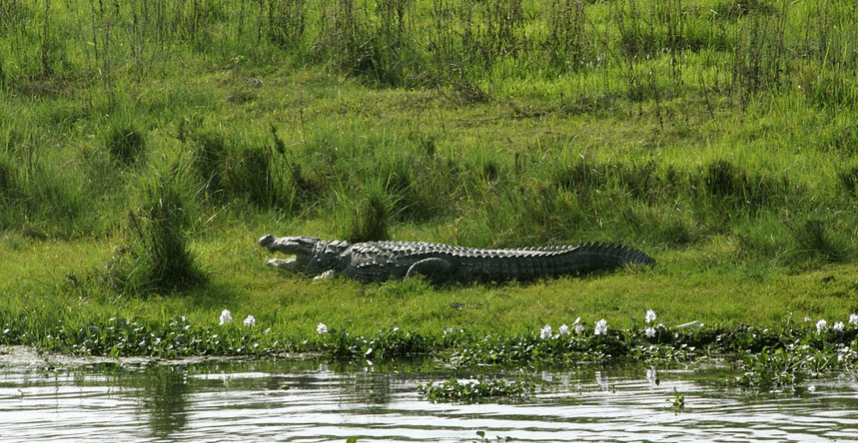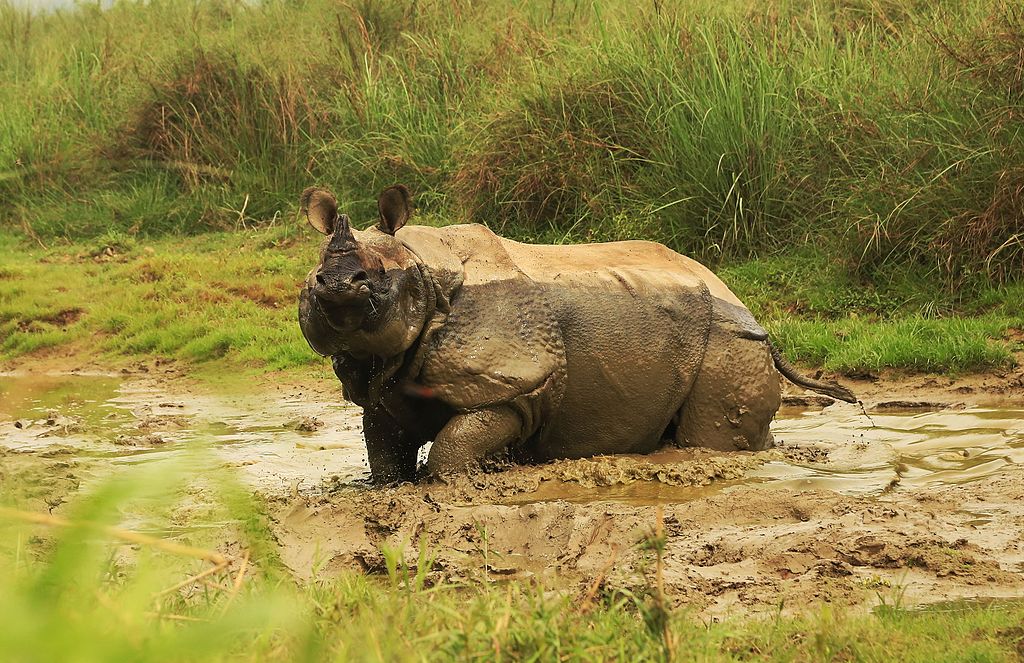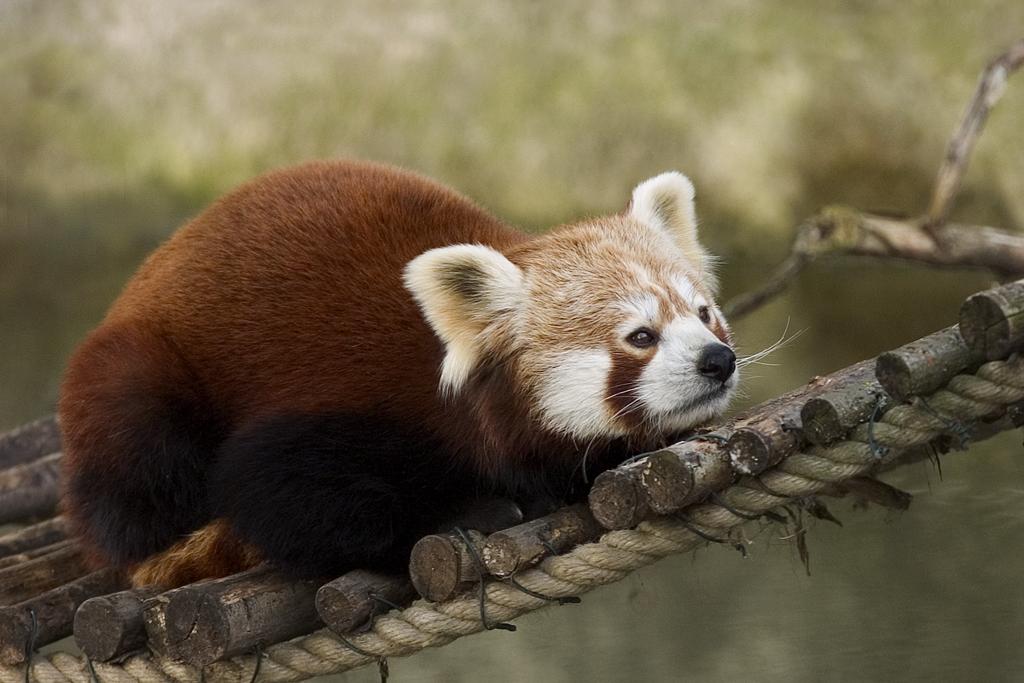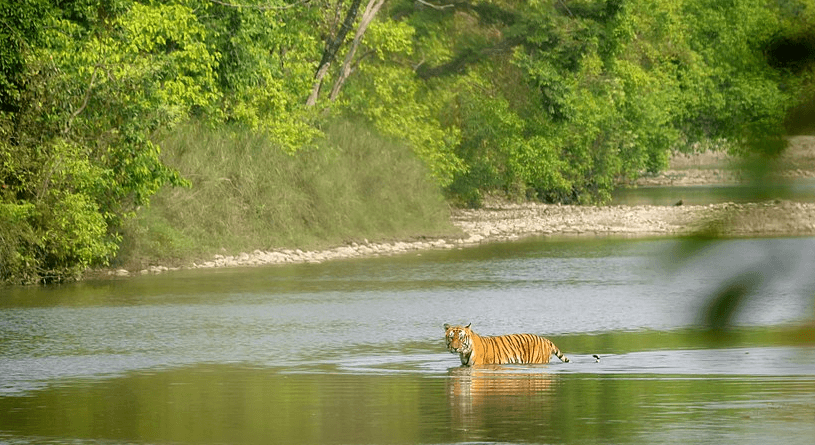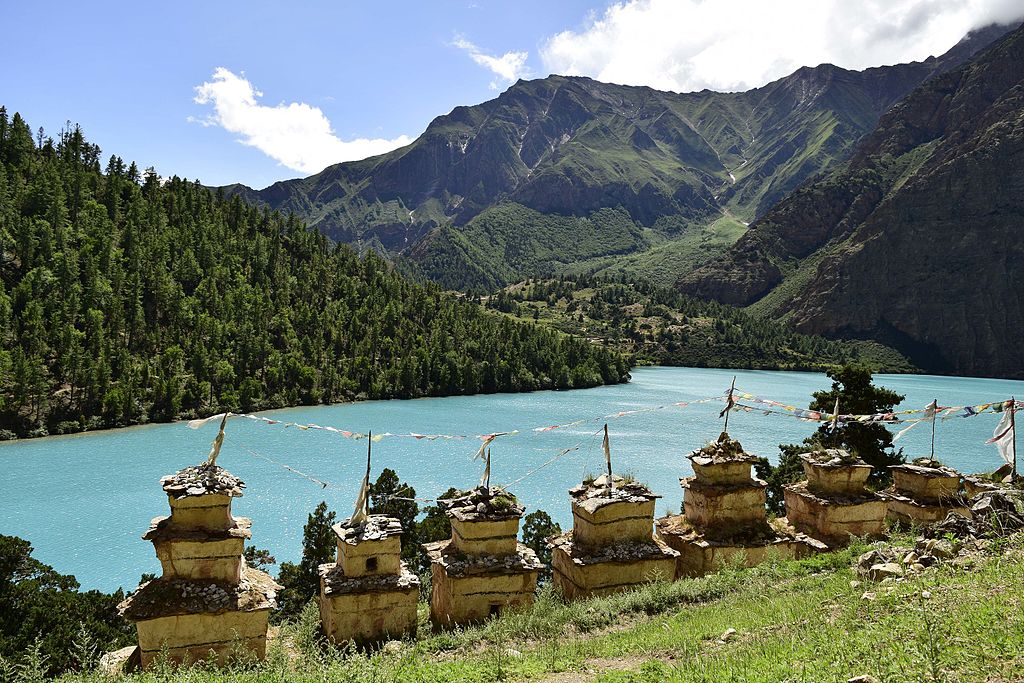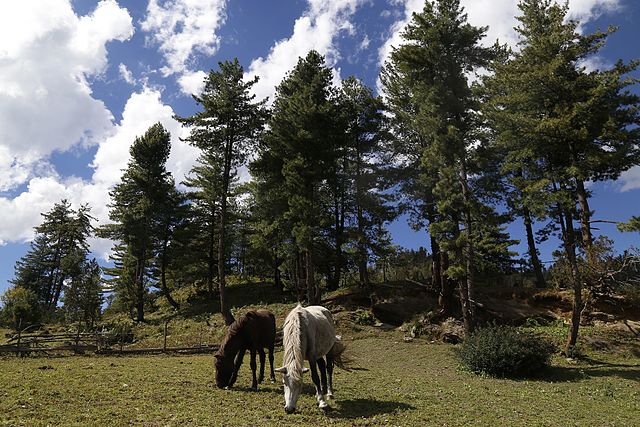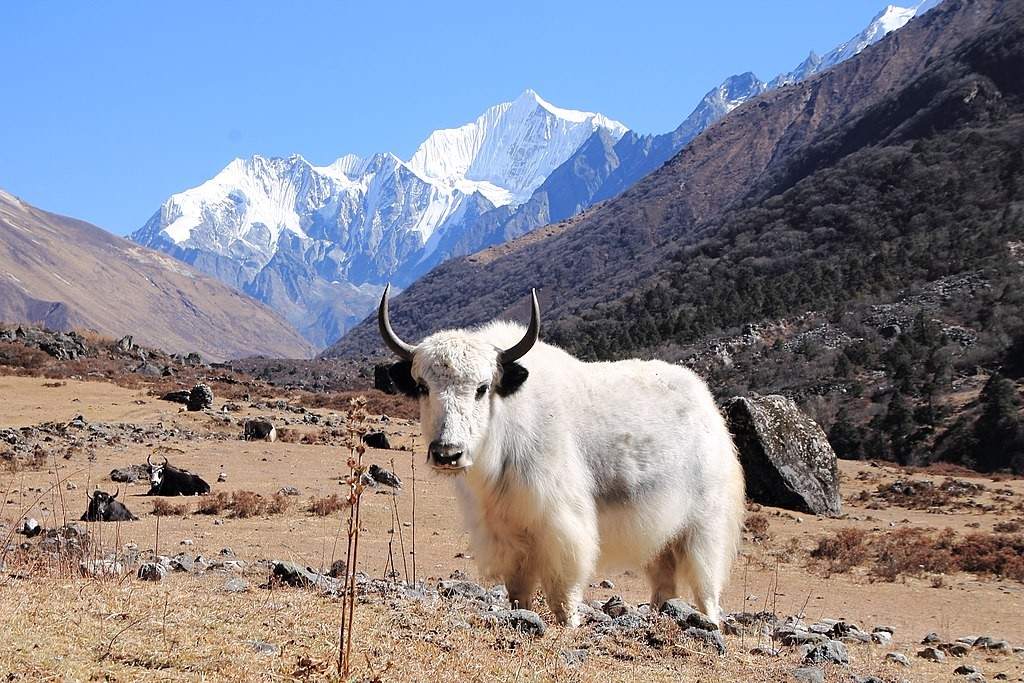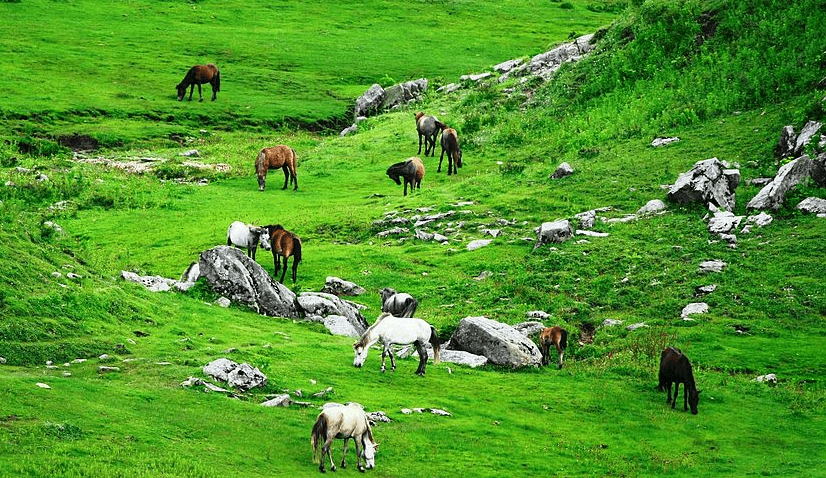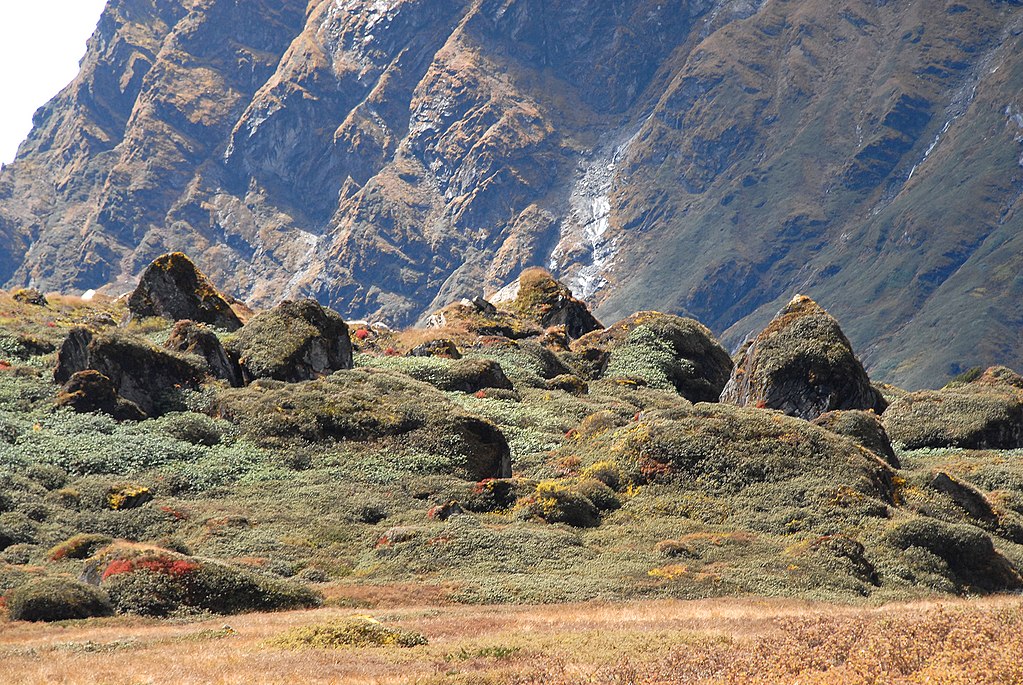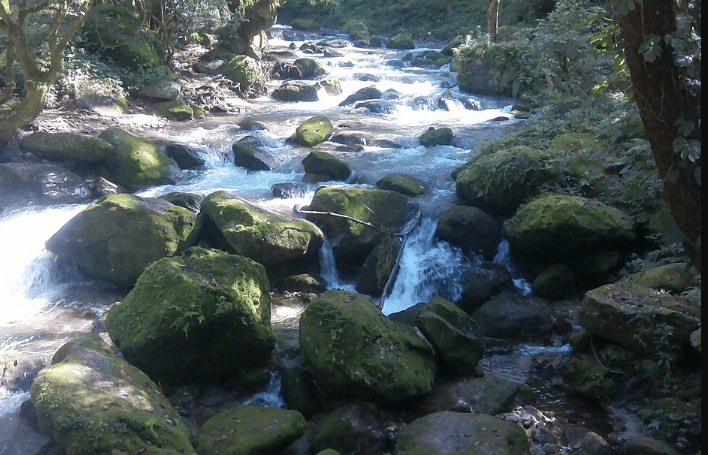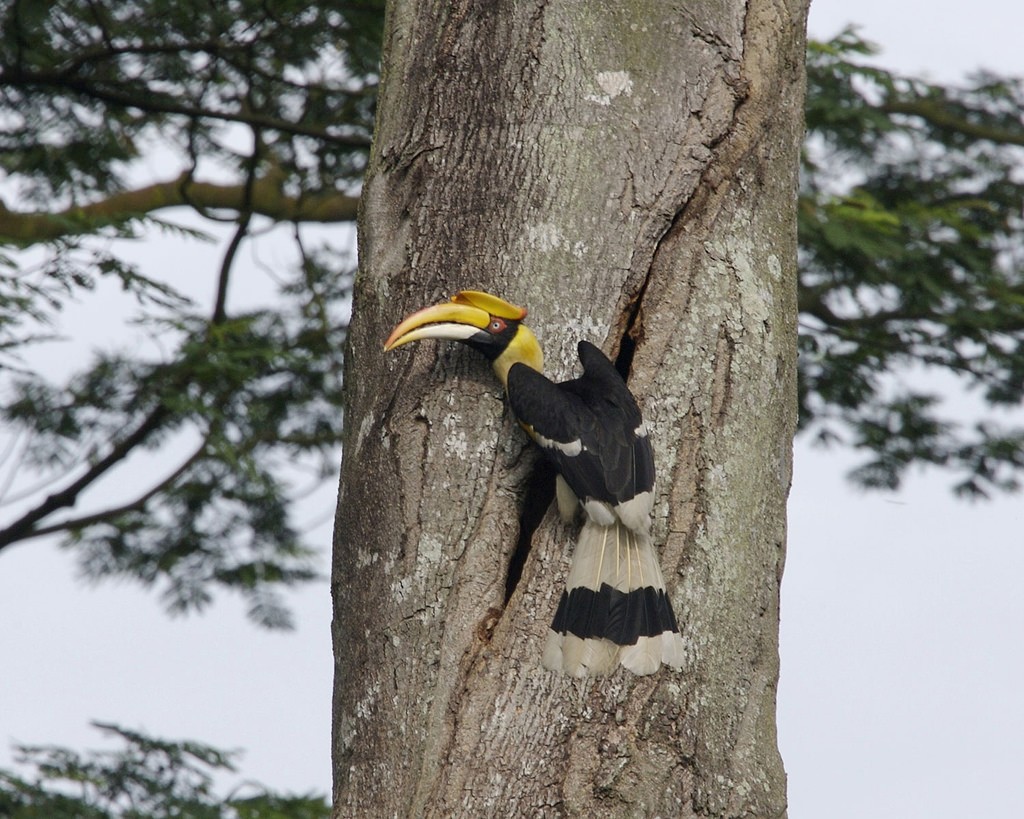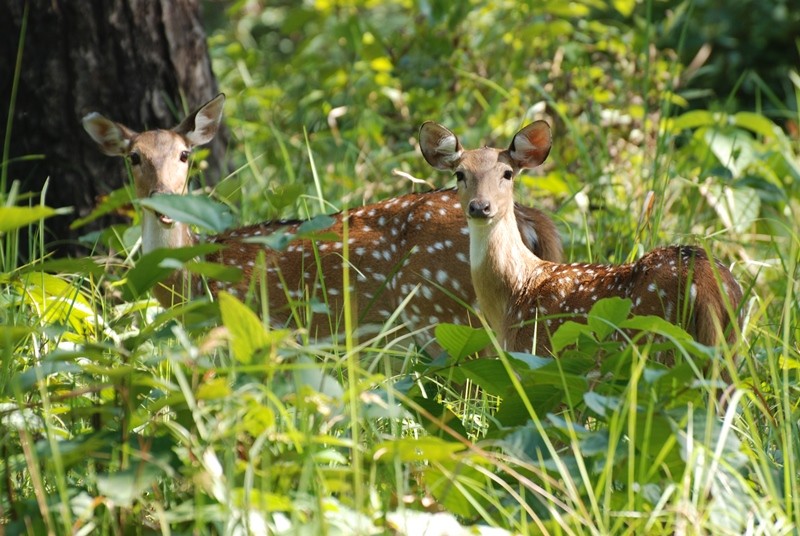A small country rich in biodiversity, Nepal, has not left any stone unturned to protect these species. Within a small area, Nepal has managed to set up many protected areas around the country. These protected areas mainly consist of the forested area. The areas are so established that they occur in different altitudes and thus cover a large-scale of the landscapes that keep the large extent of the biodiversity in the country.
The Botanists have recorded 1,120 species of non-flowering plants and 5,160 species of flowering plants in Nepal that makes Nepal the 10th richest country in flowering plants in Asia. 181 species of mammals, 844 species of birds, 100 species of reptiles, 43 species of amphibian, 185 species of freshwater fishes, and 635 species of butterfly are recorded in Nepal. Keeping in mind the vast floral and faunal diversity, the government of Nepal has established many protected areas in the country.
Among the various protected areas, the National Parks play the vital role to protect the species since the past. There are now 12 National Parks in Nepal to date.
Here are the protected areas of Nepal designated as National Park:
Chitwan National Park
Chitwan National Park is the first national park in Nepal established in 1973. The area of the national park during the time of establishment was 544 sq. km which was later extended to 952.63sq km. UNESCO World Heritage Site listed the national park in 1984.
Location
Nestled in the subtropical Inner Terai lowlands of south-central Nepal, Chitwan National Park covers five districts that are Nawalparasi, Parsa, Chitwan, and Makwanpur. The altitude ranges from 100m to 815m.
The diversity of Flora and Fauna
The tropical broadleaf forest with the most of 70% Saal (Shorea robusta) dominated floral composition of the park. The vegetation also includes 20% grassland, 7% riverine forest and 3% Sal with Chirpine (Pinus roxburghii). The grassland consists of almost 50 species while the riverine forest consists of the Khair (Acacia catechu), sisso (Dalbergia sissoo), and simal (Dalbergia sissoo).
The park is very rich in faunal diversity. The national park is especially famous for the conservation of one-horned rhinoceros. The park is home to a total of 68 species of mammals, 56 species of herpetofauna and 126 species of fishes. Also, the park is habitat for many endangered species like wild elephant, gaur, pangolin, monitor python, python, four horned antelope, Bengal florican, giant hornbill, lesser florican, black stork and white stork.
How to reach the Chitwan National Park
There are regular flights as well as buses available from Kathmandu to Bharatpur Chitwan. The flight duration is about 20 minutes and it will take you around 5 hours by road. Khasara, the park headquarters, and the Sauraha are the main entry points for Chitwan National Park which are 24 km and 18 km far from Bharatpur respectively.
Attractions
- Bird watching
- Nature walk
- Tharu culture
- Breeding centers
- Canoeing
- Cycling
Sagarmatha National park
Location
Established in 1976, with an area of 1,148 sq. km, the Sagarmatha National Park nestled in the Khumbu region of Solukhumbu district and is home to the tallest mountain, the Mount Everest. The national park is located at the highest elevation with its lowest point just over 2,800 meters.
The diversity of Flora and Fauna
The park has a unique composition of plants. The vegetation varies according to the altitude. The lower part of the park consists of fir, juniper, birch and rhododendron while the higher elevation consists of the scrub and alpine species. The area above the tree line is however bare and covered with snow.
The park is a home to many species of rare mammals like musk deer, snow leopard, Himalayan black beer, and Red pandas. Sagarmatha National Park encompasses more than 118 birds’ species that include Himalayan monal, red-billed chough, blood pheasant, and yellow-billed chough.
How to reach the Sagarmatha National Park
There are many options for the tourists to reach Sagarmatha National Park. About 135 km north-east of Kathmandu, the national park can reach through Lukla, Jiri or Tumlingtar. Also, hike form Salleri and Phaplu are another options.
Attractions
- Everest Base Camp Trek
- Gokyo lakes
- The Khumbu Glacier
- Ama Dablam Base Camp trek
- Everest High Passes
- Island Peak
Gokyo Trek: Experience High Altitude Trek with the Second Largest Glacier
Bardia National Park
Location
Bardia National Park was established in 1988 with an area of 968 sq km. The national park is also the most undisturbed protected area in Nepal. The park is situated in the mid-far western Terai, in Bardia district, to the east of Karnali River.
The diversity of Flora and Fauna
Most of the part of the park is covered by the forest, with the mixture of grassland, savannah,and riverine forest. The park encompasses 839 species of plants that includes 173 species of vascular plant species (140 dicots, 26 monocots, 6 ferns, 1 gymnosperm).
The national park is an excellent habitat for a variety of Fauna. Almost 642 faunal species are found in the national park that includes 53 mammals’ species, 23 reptile, and amphibian species, 407 species of birds and a small population of gharials mugger crocodiles. Rhinoceros, wild elephant, Bengal tiger, swamp deer, and the Gangetic dolphin are the mammal’s species protected in the park. Also, the bird species like Bengal florican, white-rumped vulture, peafowl, and bar-headed geese are the specialties of the park.
How to reach the Bardia National Park
There are regular flights from Kathmandu to Nepalgunj from where public buses are available to reach the far western region. Also direct buses from the New bus park, Kathmandu to Bardia.
Attractions
- Game viewing
- The Karnali River
- The endangered Gangetic dolphin
- Sukarmala, the highest point on the Churia range
- Telpani, another high point that can be reached from Danawatal.
Shey- Phoksundo National Park
Location
The Shey- Phoksundo national park is the largest national park established in 1984 with an area of 3,555 sq km. The national park lies in the mountain region of western Nepal, covering the parts of Dolpa and Mugu districts.
The diversity of Flora and Fauna
The park has diverse vegetation where only less than 5% of the park forested, with the most part of vegetation lying in the southern part. The northern Trans-Himalayans consists of rhododendron, caragana shrubs, Salix, juniper, white Himalayan birch and sometimes silver fir. The southern Suligad valley consists of blue pine, hemlock, cedar, spruce, bamboo, poplar, and silver fir.
6 species of reptiles, 29 species of butterfly, and more than 200 species of birds are found in the park. The national park also offers a favorable habitat for many endangered species. Some of these include snow leopard, grey wolf, musk deer, and blue sheep. The Tibetan partridge, wood spine, white-throated tit, wood accentor, and crimson-eared rose finch are some of the bird species in the park.
How to reach the Shey- Phoksundo National Park
The easiest way to reach the park is to fly to Juphal in Dolpa from Nepalgunj or Pokhara. It is an easy one day hike from Juphal. Also, you can fly to Jumla and then trek 10 days to Phoksundo areas.
Attractions
- Gompas and religious sites
- A typical Tibetan village; Ringmo village
- Phoksundo Lake is the major attraction
- The waterfall about 150 meters nearby the Phoksundo Lake
Rara National Park
Location
The Rara national park was established in 1976 and is the smallest national park in Nepal with an area of 106 sq km. The park is located in the Mugu and Jumla district. The main objective of the park was to preserve the flora and fauna of the Humla-Jumla region of Nepal.
The diversity of Flora and Fauna
A total of 1,070 species of flora are recorded in the Rara National Park with the majority of its vegetation being coniferous. The sub-alpine region is forested by the Blue pine (Pinus excels) up to 3200 meters, Rhododendron (Rhododendron arboretum), Black juniper (Juniperus wallichiana) and oak (Quercus semecarpefolia). Above this is the coniferous forest with fir, oak, and birch.
The park recorded 51 species of mammals, 241 species of birds, 2 species of reptiles and amphibians and 3 fish species. The birds include 49 wetland species. Coots, great-crested and black-necked grebes, red-crested pochards, mallard, common teal and common merganser are found. The park is also home to three endemic species namely Snow trout (Schozothorax nepalensis), the Rara snow trout and Nepalese snow trout. The Paa rarica (a frog species) was also first recorded as endemic to Rara National Park.
How to reach the Rara National Park
One can get up to the Rara National Park either by a 2.5 days trek from Jumla or by a 10 days trek from Surkhet.
Attractions
- Rara Lake
- Migratory birds
- Chuchemara Peak (4048 m) to the south of the lake
- Ruma Kand (3731 m) and Malika Kand (3444 m) to the north of the lake
Langtang National Park
Location
The Langtang National Park was established in 1976 and is the first Himalayan National Park. It has an area of 1,710 sq km and lies in the parts of Nuwakot, Rasuwa, and Sindhupalanchok districts of central Himalayas.
The diversity of Flora and Fauna
Langtang National Park has an extended diversity. More than a thousand species of plants are found in the park, 21 species being endemic. The southern part of the park consists of a most of Sal (Shorea robusta). The species like birch, silver fir, Sorbus microphyla, and twisted Rhododendron camapanlatum are found near the tree line.
Langtang National Park is home to 46 species of mammals. The Assamese monkey, grey wolf, red panda, clouded leopard, snow leopard, musk deer, and Tibetan sheep are found in the park. The temperate forest in the park is home to the black bears.
The park is a reserve for more than 250 species of birds. The park protects 12 species of the globally threatened bird species which include satyr tragopan (Tragopan satyra), Yellow-rumped honey guide (Indicator xanthonotus), wood snipe (Gallinago nemoricola) and many more. The park is also home to some wetland-dependent birds like the Bar-Headed goose (Ancer indicus), Ruddy Shelduck (Tadorna ferruginea), Common Teal (Anas crecca), Tufted Duck (Aythya fuligula) and Common Merganser (Mergus merganser).
How to reach the Langtang National Park
From Kathmandu it will take about 6-7 hours to reach Syabrubeshi. This will provide a ride along the bank of Trishuli River and beautiful terraced villages. It will then require a trek of next 6.5 hours to reach Rimche. Dense bamboo forest, the Langur monkeys, and the Sherpa settlement are the attractions of the hike. The next day, the hike to Langtang valley starts which will take around 5-6 hours.
Attractions
- Gosaikunda Lake
- The Langtang valley
- Langtang Helambu trek
- Laurey bina La Trek
- Tamang Heritage Trek
Langtang Trek: Experience the Classic Trek with Beautiful Mountains and Gosaikunda Lake
Khaptad National Park
Location
The Khaptad National Park was established in 1984. It covers an area of 225 sq. km and stretches over Bajhang, Bajura, Achham and Doti districts.
The diversity of Flora and Fauna
The lower altitude up to 200 meters is dominated by the subtropical vegetation that includes Montane Sal, Pines and Alder species. The temperate forest up to 3000 meters comprise broad-leaved species (Lindera nacusua, Cinnamomum tamca, etc) and evergreen species (Spruce, fir, oak, etc.). The upper temperate has Aesculus indica, maple, etc.
266 species of birds are found in the park both migratory and residential. The park supports almost 175 breeding bird species. Some of the common species include Impeyan pheasant (Danphe), bulbuls, cuckoos and eagles. Also, 20 species of mammals live in the park, the common of which include deer, wild boar, goral, Rhesus and Langur monkey, and Yellow-throated Marten.
How to reach the Khaptad National Park
One can fly to Nepalgunj or Dhangadi from Kathmandu. Buses from Dhangadi will drop you to Silagadhi from where 6 hours hike will lead to the park entrance.
Attractions
- Khaptad Baba Ashram
- Saileswori
- Badimallika
- Surma Sarovar
- Bird watching opportunity
Makalu Barun National Park
Location
The Makalu Barun National Park was established in 1922 as an extension of the Sagarmatha National Park. It covers an area of 1,500 sq km and lies in Solukhumbu and Sankhuwasabha districts. This park is the only protected area in the world with an elevation of more than 8,000 meters.
The diversity of Flora and Fauna
The national park has an extensive variety of flora and fauna. There are 3,128 species of flowering plants which includes the 25 species of Rhododendron out of 30 species found in Nepal. Also, the park has 48 primroses species, 47 orchids, 19 bamboos, 15 oaks, 86 fodder trees and 67 species of economically valuable plants.
It is recorded that the park harvests 315 butterfly species, 43 reptiles, 78 fish, and 16 amphibian species, 440 species of birds including 16 rare species. The park is home to 88 species of mammals that includes snow leopard, barking deer, Himalayan serow, flying squirrel and many more.
How to reach the Makalu Barun National Park
One can fly up to Lukla, Phaplu, Lamidanda, Bhojpur or Tumlingtar and start trekking to reach the national park
Attractions
- Makalu Base Camp trek
- Makalu circuit trek
- Makalu trekking
- Arun valley trek
Excited to Explore the Fifth Highest Mountain?
Shivapuri Nagarjun National Park
Location
The Shivapuri Nagarjun National Park was established in 2002 in the mid-hills on the north of Kathmandu valley. It covers the Kathmandu, Nuwakot, and Sindhupalchowk districts and has an area of 159 sq km.
The diversity of Flora and Fauna
The national park consists of 120 species of vascular plants and 129 species of mushrooms. The dominant vegetation comprises of Schima Castanopsis, Pine, and Oak- Rhododendron. The park also has 311 species of birds out of which 117 are migratory species. The spiny babbler, wren babbler, and Turdoides nepalensis are endemic to the park. The protected mammals in the park are the clouded leopard, Pangolin Manissp, Assame monkey, leopard cat, and Macaca assamensis. King cobra, green pit viper, rat snake, lizards, and geckos are the common reptiles in the park. 102 species of moths and butterflies are found in the park.
Attractions
- Nagarkot Hiking
- Bird watching tours
- Langtang circuit trek
- Kathmandu Nagarkot biking
- Helambu trek
Banke National Park
Location
The Banke National Park lies in Mid-Western Nepal in the districts Banke, Salyan, and Dang. The national park has an area of 550 sq km.
The diversity of Flora and Fauna
The national park has 124 plants, 34 mammals, more than 300 birds, 24 reptiles, 7 amphibians, and 58 fish species. The Sal, Karma, Khair, and Sisso dominate the forest. The three species of the mammals, 4 species of birds and 2 species of reptiles are protected by the National Park and Wildlife Conservation Act 1973.
How to reach the Banke National Park
Regular flights are available from Kathmandu to Nepalgunj. From Nepalgunj, it is about an hour drive on a regular bus from Nepalgunj to reach the park’s head office. Also one can get there from Mahendranagar which will take about eight hours. Seven hours bus ride from Dhangadi also drops you to the park office.
Attractions
- Hiking
- Guided walk
- Boating
- Elephant Safari
Parsa National Park
Location
The Parsa National Park was established as a wildlife reserve in 1984 in the inner Terai lowlands of south-central Nepal that covers Parsa, Makwanpur and Bara districts with an area of 627.39 sq km. In 2017, the park declared as National park.
The diversity of Flora and Fauna
The tropical and subtropical forest dominates the park’s vegetation. The Sal is the 90% of the vegetation. Chir pines are found in the Churia Hills, Sisso and Silk cotton are found along the watercourses. The Sabai grass grows along the southern surface of the Churia Hills. It has recorded total of 919 species that includes 298 vascular plants, 234 dicots, 58 monocots, 5 Pteridophytes and one gymnosperm.
The park also harbors a wide range of faunal species. The species population like Asian elephant, Royal Bengal tiger, sloth bear, and leopard have supported by the park. The park is also home for blue bull, wild dog, jungle cat, Langur, sambar and spotted deer and many other species. More than 500 bird species inhabit the park which includes Paradise flycatcher, Golden backed wood keeper, large racquet-tailed drono, and some more. The park is also a habitat for the endangered species of Giant Hornbill. Various species of snakes like common cobra, common and banded Krait, Rock python and King cobra are also found in the park.
How to reach the Parsa National Park
The Parsa National Park is easily accessible. The Kathmandu-Hetauda highway passes by the entrance gate of the park. Buses are available from Kathmandu which will take about six to seven hours to reach there. A flight to Simara and then a 15 minutes’ drive can also be considered as an option.
Attractions
- The view tower
- Dugdewor Mahadev
- Elephant Camp in Amlekhgunj
- Jungle ride
Shuklaphanta National Park
Location
The Shuklaphanta National Park was established as a hunting reserve in 1969. While in 1976 the park has declared as a wildlife reserve and now is gazette as a National Park. The park covers an area of 305 sq. km in Far western Nepal in Kanchanpur district.
The diversity of Flora and Fauna
There are about 700 species of plants in the park that includes 553 vascular plants, 18 Pteridophytes, 410 dicots and 125 monocots. The Saal dominates the forest. The grassland also contributes major proportion of the park which includes the grasses like Imperata cylindrica, and Heteropogon contortus. Khair and Sisso grow along the river side.
The national park is rich in faunal species. The ponds, lakes and rivers are the homes to 28 fish species and 12 reptile and amphibian species. 46 species of mammals are found that include 18 species under CITIES such as Bengal tiger, Indian leopard, and sloth bear, swamp dear, elephant and hispid hare. Also, a total of 423 species of birds have recorded in the park. The park has the highest population of the Bengal florican in Nepal. The breeding residents include white-rumped vulture, slender-billed vulture, lesser adjutant, grey-headed fish eagle, darter and Rufous-rumped vulture.
How to reach the Shuklaphanta National Park
The Suklaphanta National Park is accessibly by road and air. One flight every week is available from Kathmandu to Dhangadi which is 51 km far from park headquarters. Regular buses from Dhangadi takes about 3 hours to reach the park headquarter. The Park can also be accessed by the Mahnedra Highway through Nepalgunj-Dhangadi-Mahendranagar.
Attractions
- Jungle Safari
- Elephant ride
- Bird watching
- Amazing grassland
- Tharu cultural dance and dinner

